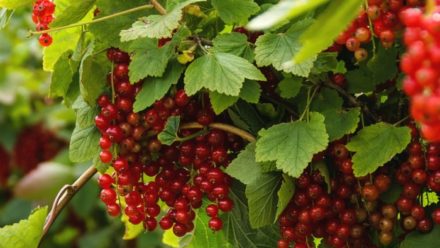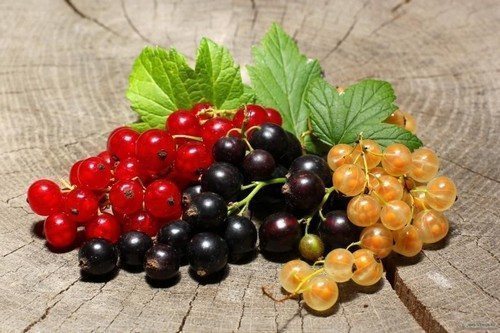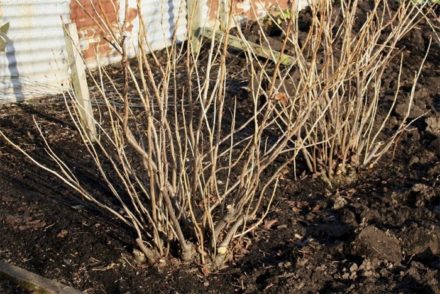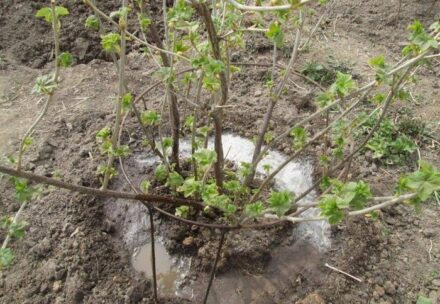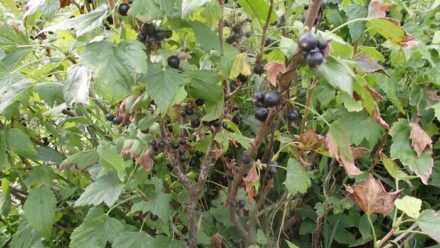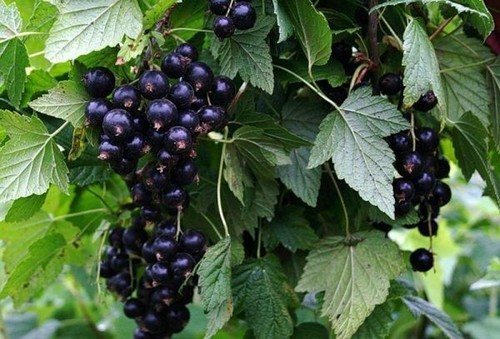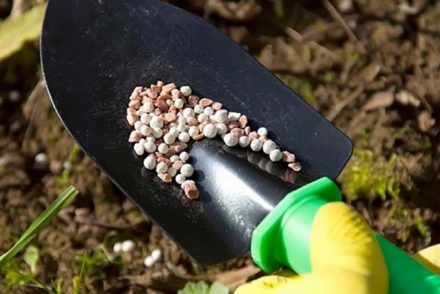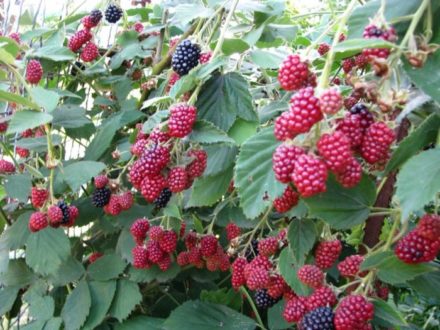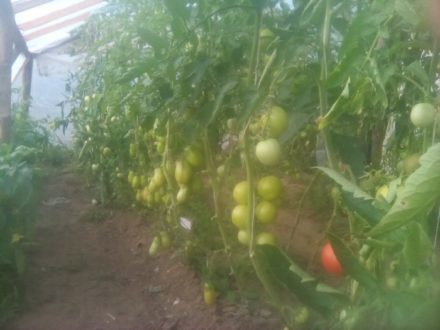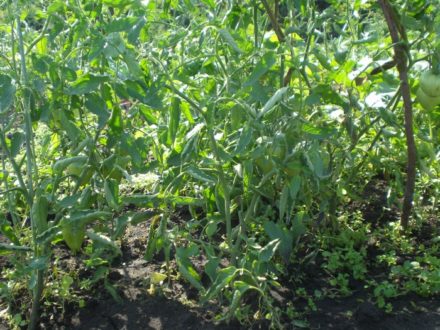After harvesting currants, gardeners think about pruning the bush. Some consider the procedure unnecessary and suggest waiting until the fall, while others have a different opinion. Experienced summer residents recommend pruning after picking berries. Bushes usually tolerate it well, and the benefits of the operation are worth it.
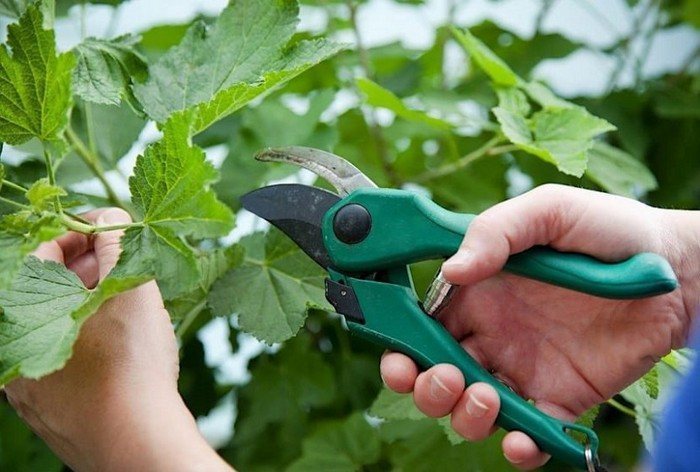
Preparing for summer pruning
The fruiting time of currants depends on the region, so pruning time occurs in July - September. In the northern regions and middle zone, the procedure falls in August, the southern regions are ready for pruning in mid-June - early July.
Dry weather is chosen for the event. In such conditions, it is easier to prune shoots. The work is performed with sharp pruning shears treated with a disinfecting solution.
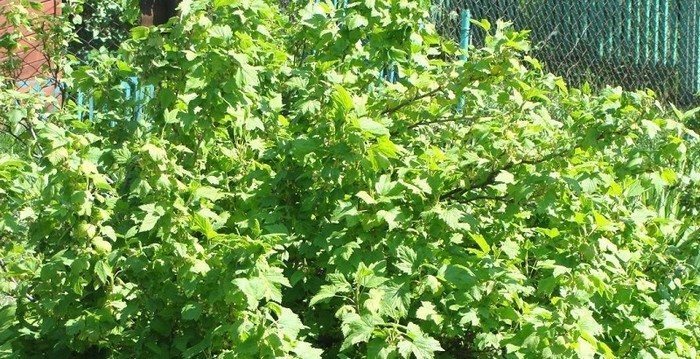
It is better if there are two tools. For branches with a diameter of up to 12 mm, pruners with sharp and long blades are suitable. For knots with a diameter of up to 30 mm - with a short head. The best model of pruning shears resembles scissors.
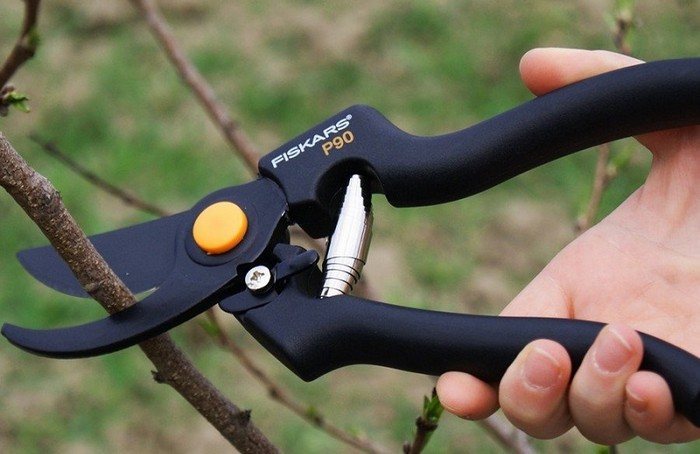
How and why to prune after harvesting fruits
Correctly carried out actions will provide the shrub with the following advantages:
- the flow of sunlight will increase;
- sap flow will improve and delivery of nutrients to crop organs will accelerate;
- the growth rate of young shoots will increase;
- aeration of the main branches will occur;
- the direction of growth of young shoots will change;
- immunity to fungal diseases will increase;
- Yields will increase next season.
Since this is sanitary pruning, it consists of removing the following parts of the plant:
- five-year-old and older branches;
- shoots with diseased foliage;
- wounded and dried branches;
- shoots located on the ground;
- leaves gnawed by insects or dried out due to fungal diseases.
The thicker the bush, the fewer berries it has. Therefore, after processing, the currants will be free from unnecessary branches and leaves and will be able to devote all their energy to laying the buds of the future harvest.
Tips for each type of currant
Each type of currant has individual pruning after picking the berries. These features are taken into account. Otherwise, false steps and unsuccessful results may occur.
Black currant
Features of circumcision are associated with fruiting only on shoots younger than 4 years old. If you do not touch the old branches, the harvest will be minimal. Therefore, during summer pruning, perennial branches with weak young growth are removed. In addition, they get rid of shoots that produce a small harvest.
The pruning procedure after harvesting black currants is mandatory. It is possible to identify diseased and non-fruiting branches only during summer pruning. In autumn and spring it will not be possible to get a complete picture.
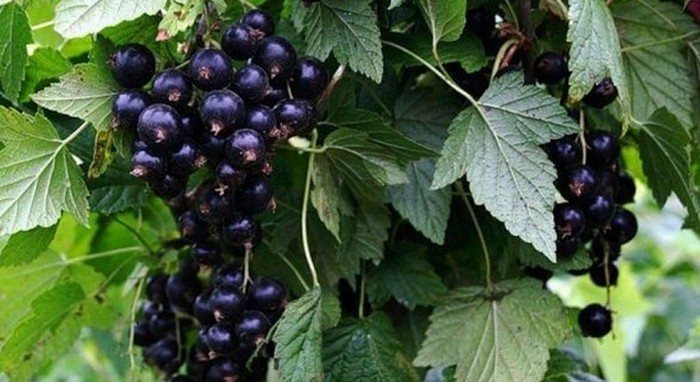
Red Ribes
This variety bears fruit well on 4-5 year old branches. Then the yield decreases, and shoots of 7 and 8 years old are gradually removed. This is done after the harvest. Three weak branches are cut off, thereby making room for new root shoots. In the new season, the shoots multiply. A few more non-fruit-bearing branches are cut off. Gradually the bush will be completely renewed.

White currant
A good harvest is harvested from the branches for 3 to 4 years. Then there is a decrease in yield. After removing the fruits, cut out 3 old skeletal branches at the root and shorten the non-fruit-bearing side stems by 20 cm. Young side shoots are not touched.
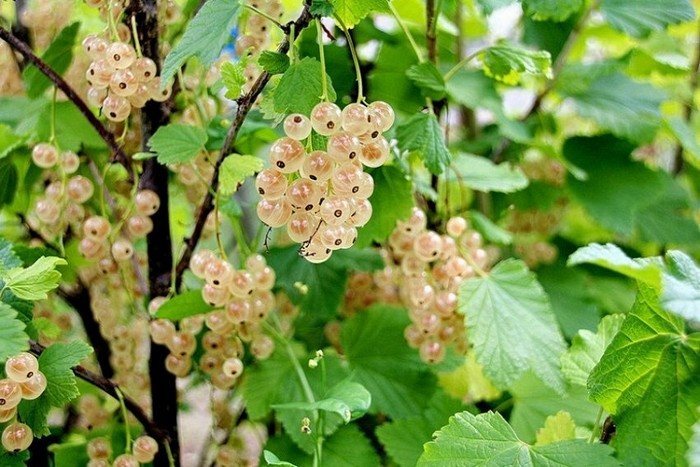
Mistakes when pruning bushes after fruiting
Experienced gardeners advise taking into account common mistakes that are possible when pruning after picking berries, and try to avoid them.
How to avoid the consequences of mistakes:
- In one procedure, cut off no more than a quarter of the green mass of the bush.
- When removing thick branches, treat the cut areas with garden varnish, since after fruiting the sap flow increases.
- Carry out work in dry, sunny weather. The process will be more successful.
- Disinfect tools after processing each bush.
- Burn cut vegetation, but not in the garden area.
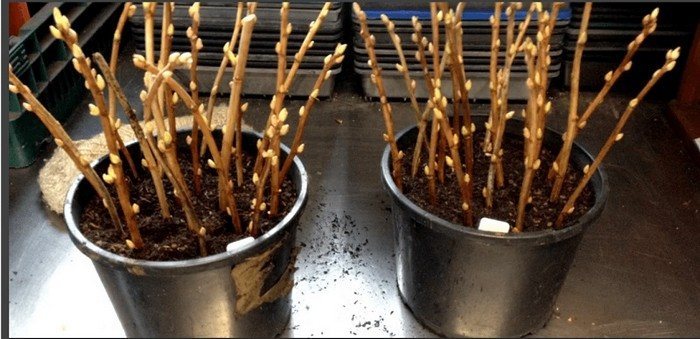
Cut good, full-blooded branches are used to propagate currant varieties by cuttings. And strong, healthy leaves are used in cooking.
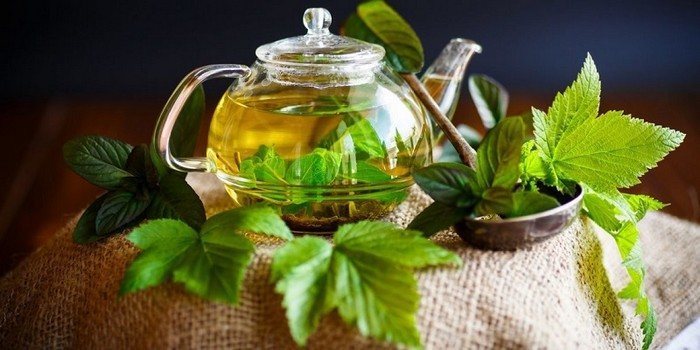
Pruning of currants after fruiting must be carried out. In the spring the plant just wakes up, and in the fall the buds of the future harvest are laid. In summer, the shrub develops rapidly. During this period, branches are clearly visible, which interfere with development, but take away nutrition and strength from the plant.



